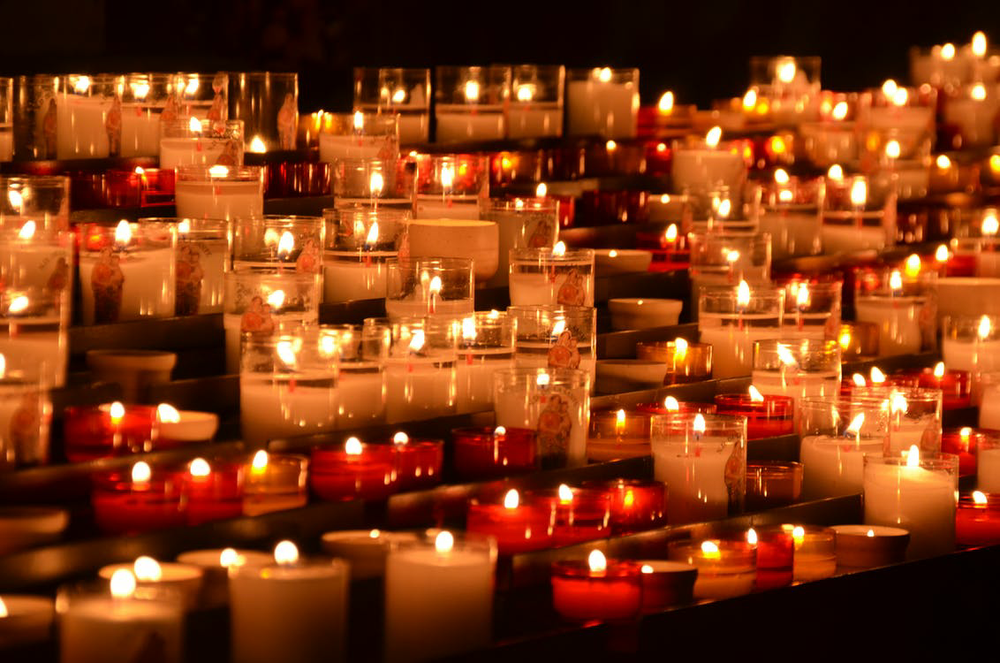The Story of Candles
by Adrian Maramba
Candles, used for over 5,000 years, began as ancient Egyptians' fat-soaked reed "rushlights," which lacked a wick. The Romans are credited with developing the first true wick candles around 500 BCE by repeatedly dipping papyrus in melted fat or beeswax, creating a portable light source for homes and religious ceremonies.
Over centuries, different cultures used indigenous waxes and fats, but the 19th century saw advancements with the invention of the braided wick, the use of paraffin wax, and improved processes for stearic acid, leading to cleaner, brighter, and cheaper candles that paved the way for the decorative and scented candles common today.
Candles were primarily made from tallow and beeswax in Europe from the Roman period until the modern era. Before the invention of candles, ancient people used open fire, torches, splinters of resinous wood, and lamps to provide artificial illumination at night.
Early Candles (circa 3000 BCE)
Egyptians & Rushlights: The first candle-like objects, appearing around 3000 BCE, were "rushlights" made by soaking the pith of reeds in animal fat. These were a precursor to true candles but lacked a distinct wick.
Roman Development of Wicked Candles: Around 500 BCE, the Romans created the first true wicked candles by repeatedly dipping rolled papyrus into melted tallow (animal fat) or beeswax.
Different Cultures: Other ancient civilizations, such as the Chinese, used insect and plant waxes, while India used wax from the cinnamon tree fruit.
Medieval & Renaissance Period
Tallow's Reign: Tallow remained the primary material for making candles in Europe throughout the Middle Ages, though it produced smoke and a strong odor.
Beeswax for the Wealthy: Wealthier individuals and religious institutions preferred expensive beeswax candles, which burned cleaner and had a pleasant scent.
Industrial Revolution & Beyond
Improvements in the 19th Century: The 19th century saw significant advancements, including the development of the braided wick, which burned more efficiently.
Paraffin Wax: The discovery and commercial production of paraffin wax (an oil distillate) led to superior, clean-burning, and inexpensive candles.
Modern Candles: Candles have transitioned from essential lighting to popular decorations, gifts, and ambiance enhancers, with a wide variety of shapes, colors, fragrances, and waxes (such as soy and coconut) available today.


Comments
Post a Comment